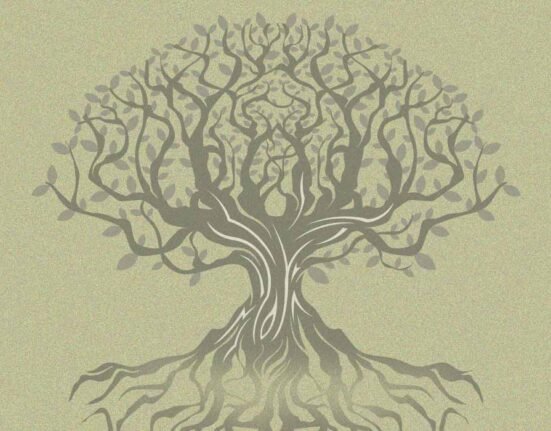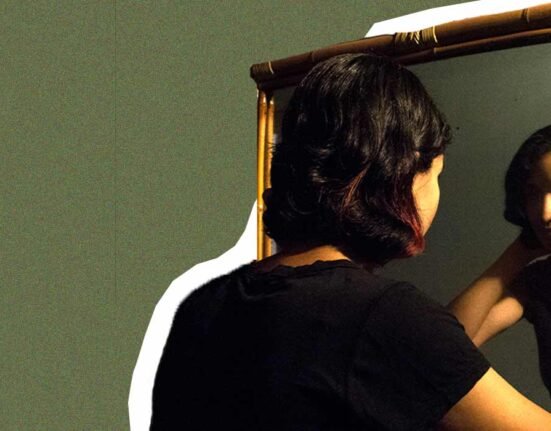Have you ever daydreamed about the possibility of coming face-to-face with someone who is your spitting image? Imagine meeting a person so strikingly similar to you that people could easily mistake you for twins. Well, get ready to immerse yourself in the captivating world of doppelgangers! These unique beings have been a source of fascination throughout history, appearing in ancient myths, legends, and even modern-day tales.
But what exactly are doppelgangers? The term “doppelganger” originates from the German words “doppel” (meaning “double”) and “gänger” (meaning “goer”). They can be likened to mischievous twins from another realm, sharing an uncanny resemblance to their human counterparts. Prepare to be whisked away into a world where look-alikes and mysterious doubles roam.
Double Trouble!
Doppelgangers are fascinating because they involve encountering someone who looks exactly like you. It’s like finding your twin in the real world! Cultures around the globe have their own unique interpretations of doppelgangers, adding to their allure. Even famous historical figures, like Abraham Lincoln and Queen Elizabeth I, have had encounters with their alleged doppelgangers, leaving historians puzzled and sparking debates about the supernatural.
Psychologists have actually conducted research on doppelgangers, uncovering interesting insights into our emotional responses when encountering someone who closely resembles us. Studies suggest that seeing our own likeness in another person can evoke a range of emotions, from curiosity to unease. This reaction occurs because our brains are naturally wired to recognize familiar patterns and faces. However, when we face our doppelganger, it disrupts this familiar pattern recognition process, resulting in a sense of cognitive dissonance or confusion. It’s a fascinating phenomenon that sheds light on the intricate workings of our perception and emotional responses. Let’s understand how exactly this works from a psychological point of view!
Let’s Look At The Science of Perception
Understanding how we perceive our surroundings, including recognising doppelgangers, is a fascinating and challenging process. We can make sense of what we see, including the faces we encounter, thanks to our perception.
Face recognition is primarily reliant on visual perception, which is critical for detecting doppelgangers. To recognize one face from another, our visual system analyses many facial features such as the eyes, nose, and mouth. It’s amazing how our brains can detect small changes or similarities in looks, allowing us to identify people we know.
Researchers have dug into the subject of facial recognition, giving insight into intriguing doppelganger occurrences. One intriguing hypothesis is “face pareidolia,” which occurs when our brains detect familiar patterns or features in random or ambiguous stimuli. This explains why we sometimes see faces in clouds or on commonplace items. These findings shed light on our brain’s intrinsic desire for familiarity, adding to the mystery and fascination surrounding doppelgangers.
But What Impact Can It Have?
Encountering a doppelganger can deeply impact us psychologically and emotionally. It shakes our belief in our uniqueness and sense of self, resulting in various reactions. Some people feel curious and intrigued, while others experience unease or fear.
The concept of the uncanny valley is closely connected to the doppelganger experience. It refers to discomfort when something closely resembles a human but falls slightly short of being convincingly lifelike. This feeling becomes significant when encountering doppelgangers because their uncanny resemblance challenges our perception of familiarity, leading to an unsettling experience.
One theory proposes that seeing our own likeness disrupts our sense of being unique and individual, raising existential questions about identity and self. Another theory says that doppelgangers trigger our primal instincts of detecting threats since they challenge the idea of a single unique self. Understanding these psychological theories provides valuable insights into the underlying mechanisms that drive our reactions to doppelgangers.
Link Between Doppelgangers and Personal Identity
Encountering a doppelganger often leads us to think about our existence on a deeper level. It leads to questions about our role in the world, the nature of reality, and what truly defines our sense of self. We delve into these existential questions raised by doppelganger encounters, pondering inquiries like “Who am I?” and “What makes me who I am?” as we wonder about the implications of encountering our uncanny doubles.
Philosophical perspectives from renowned thinkers like Descartes and Eastern philosophies shed light on the concept of personal identity. These perspectives offer insights into understanding the nature of who we are and our place in the world. Additionally, psychological theories, such as Erik Erikson’s psychosocial development or Carl Rogers’ self-concept, contribute to our comprehension of how encounters with doppelgangers can impact our perception of ourselves.













Leave feedback about this